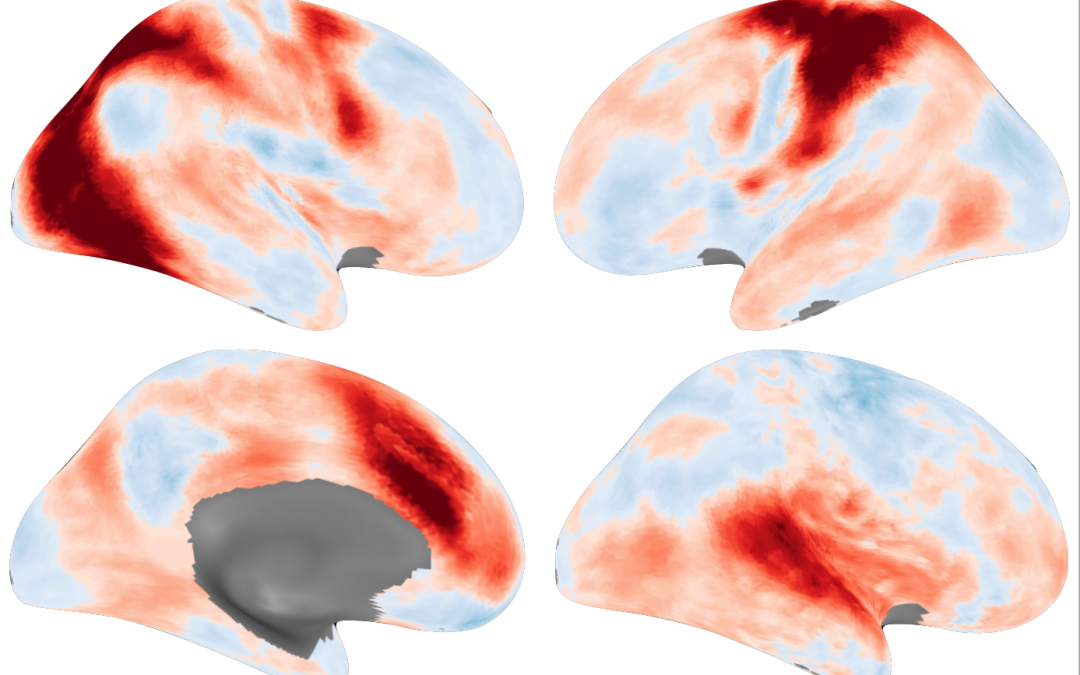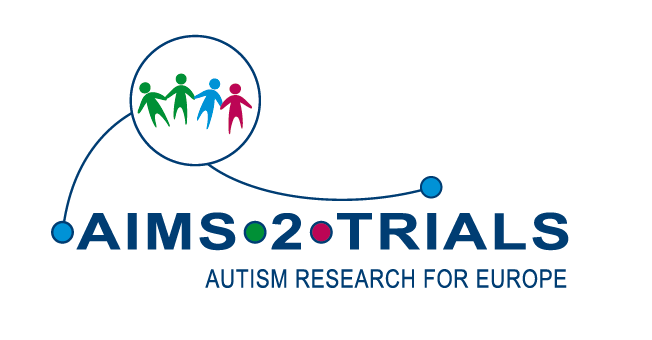New AIMS-2-TRIALS research finds that autistic people with more social communication difficulties have different brain connectivity compared to autistic people with an equal mix of social traits and repetitive behaviours. A diagnosis of autism includes the presence of specific social-communicative and restrictive-repetitive behaviours. There is, however, notable variability in how autistic people are affected across the two domains and some may have more traits in one domain relative to the other. The balance between social communication and restrictive and repetitive behaviours may be important for identifying relationships between behaviour and biology and explaining how autistic people are different from each other.
Why is this important?
Prior research has suggested that differences in the balance between social communication skills and restrictive and repetitive behaviours may be linked to biological variability at the neural and genetic level. What that variability is and how it relates to behaviour remains unknown. Research must uncover relationships between behaviour and biology in order to help achieve a more individualised understanding of autism which more accurately reflective of its wide range of diversity. This biology-based understanding can then contribute to the development of individualized support for autistic people and their families and facilitate better outcomes.
Key findings
We found that autistic individuals with different mixtures of social communication and restricted and repetitive behaviours were markedly similar in how their brains were functionally connected. However, some key subtle differences emerged that were specific to autistic people with more traits in social communication than restricted and repetitive behaviours, compared to people with equal levels of these traits. These brain networks were subsequently shown to have different types of genes that highly affect those brain circuits. This potentially indicates that behavioural variability in the balance between social communication and restricted and repetitive behaviours could point to specific differences in the underlying biology. These findings highlight the importance of identifying relationships between behaviour and biology in research on autism.
What the findings mean for autistic people
This research advances our understanding about whether autistic people with markedly different behavioural profiles are similar or different at the level of functional neural circuitry and the genomic mechanisms underpinning such circuits.
Read the full paper here.
Bertelsen, N., Landi, I., Bethlehem, R.A.I. et al. Imbalanced social-communicative and restricted repetitive behavior subtypes of autism spectrum disorder exhibit different neural circuitry. Commun Biol 4, 574 (2021). https://doi.org/10.1038/s42003-021-02015-2








